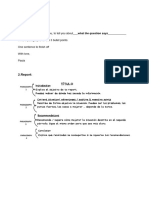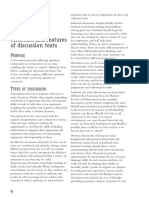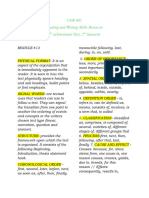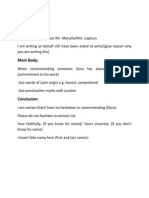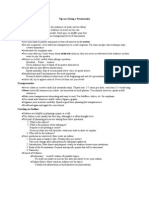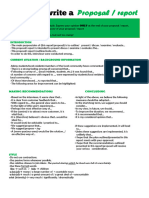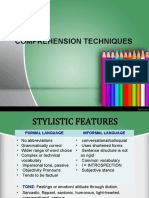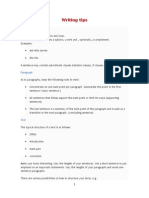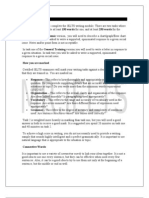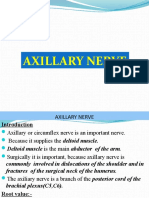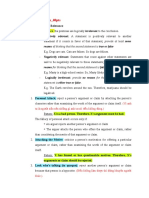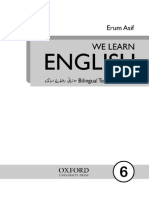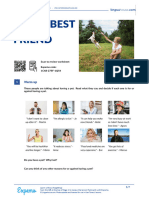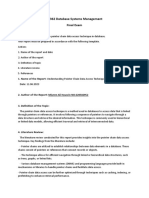0% found this document useful (0 votes)
34 views4 pagesEnglish Language
The document outlines various literary devices such as onomatopoeia, allusion, simile, and metaphor, providing definitions and examples for each. It also describes different sentence structures, including complex, compound, and simple sentences, along with guidelines for writing in various formats like journal entries, articles, speeches, and reports. Additionally, it emphasizes the importance of tone, variety in sentence structure, and engaging hooks in writing.
Uploaded by
ishagoel236Copyright
© © All Rights Reserved
We take content rights seriously. If you suspect this is your content, claim it here.
Available Formats
Download as PDF, TXT or read online on Scribd
0% found this document useful (0 votes)
34 views4 pagesEnglish Language
The document outlines various literary devices such as onomatopoeia, allusion, simile, and metaphor, providing definitions and examples for each. It also describes different sentence structures, including complex, compound, and simple sentences, along with guidelines for writing in various formats like journal entries, articles, speeches, and reports. Additionally, it emphasizes the importance of tone, variety in sentence structure, and engaging hooks in writing.
Uploaded by
ishagoel236Copyright
© © All Rights Reserved
We take content rights seriously. If you suspect this is your content, claim it here.
Available Formats
Download as PDF, TXT or read online on Scribd
/ 4








